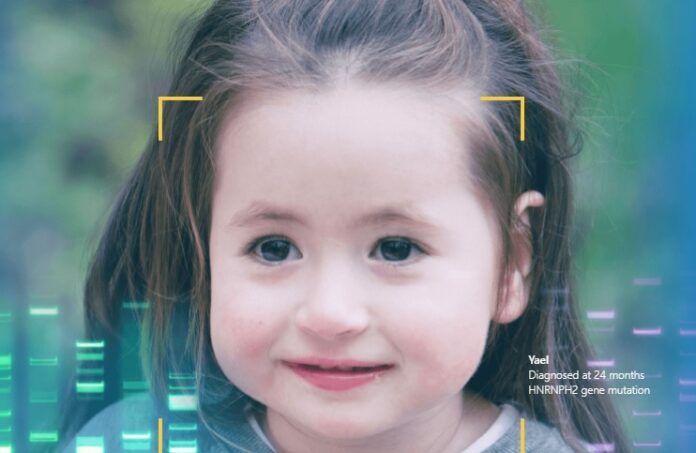Nearly 30-40% of children with disabilities in the U.S. have an underlying undiagnosed condition. With 95% of rare diseases lacking an FDA-approved treatment, there is an urgent medical need to achieve early diagnosis in children to help promote a better quality of life.
The deep learning technology matches rare disease patients’ photos with other patients’ photos around the world instantaneously; thus, helping medical professionals diagnose children at an earlier stage. The proprietary technology strengthens next-generation phenotyping (NGP) — the capture, structuring and analysis of complex human physiological data — by allowing medical professionals to identify hundreds of additional disorders just with facial analysis.

“This is a long-awaited innovation in medical genetics that has finally come to fruition,” said Aviram Bar-Haim, CTO at FDNA and first co-author of the paper. “Overcoming the limitations of needing a minimal number of photos per disorder is a breakthrough allowing us to now identify ultra-rare diseases. Moreover, by analyzing similarities among patients with previously unknown diseases, new genotype/phenotype correlations can be detected.”
“GestaltMatcher goes where previous technology has never gone before,” said Dr. Peter Krawitz, CSO at FDNA. “With this study, we transitioned from classification to clustering. By that means we can now compute the syndromic similarity in between any two individuals in our database.”
Key findings from the study include:
- GestaltMatcher is an AI technology that is used to identify the facial representations of more than 1,000 rare genetic diseases and distills facial features into a multi-dimensional space, which helps medical professionals to accelerate the matching and diagnosing of ultra-rare disorders.
- Adds significant value to phenotypic evaluations in clinical genetics, research and genetic testing (NGS).
- GestaltMatcher achieves a comparable top-10-accuracy on all previously supported disorders and matches one-third of cases with an ultra-rare or novel disorder. The study was conducted on 17,560 portrait photos from patients with 1,115 rare disorders.
“For years, we’ve relied solely on the ability of expert geneticists to identify these ultra-rare disorders. We’ve finally reached a reality where this work is augmented by AI, and we’re on track to help diagnose patients earlier and shorten the diagnostic odyssey. FDNA is thrilled to be a pioneer of this rare technology and help aid children and the medical community worldwide,” said Moti Shniberg, co-founder of FDNA.
FDNA is used by 70% of the world’s clinicians and researchers in human genetics, representing more than 2,000 clinical sites from over 130 countries around the world.






